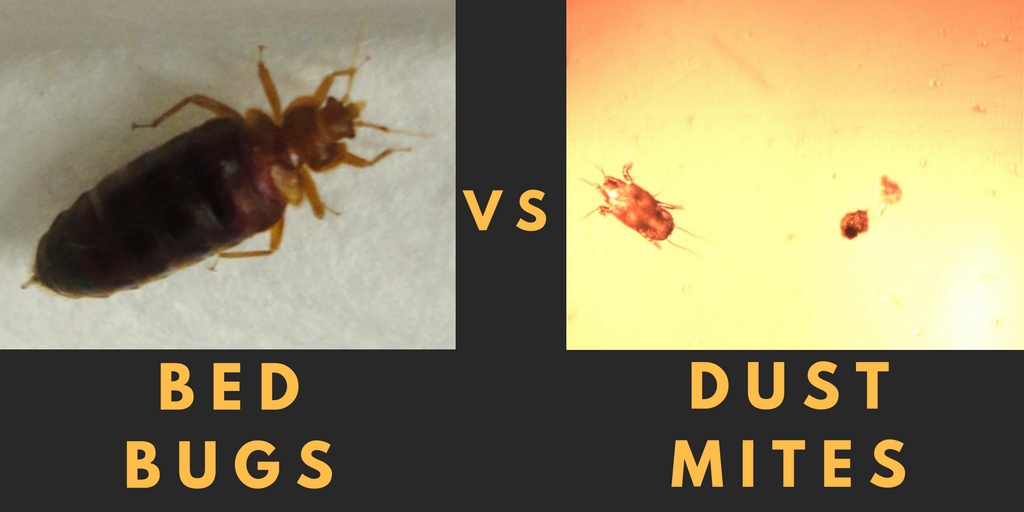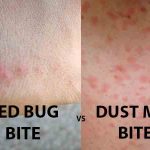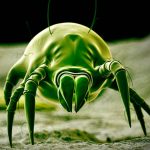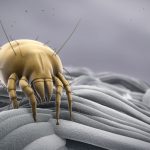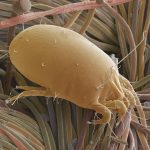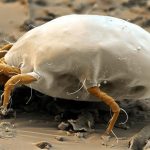Dust mites and bed bugs are not something you want in your bed. Everybody knows that having any pest in your house can create a total nuisance and cause serious health problems for you and your loved ones. But you should know that Dust mites and bed bugs are often confused with having similar properties, but they have many differences.
Once you know what you are dealing with, it will empower your decision to find the right solution. So, let us look at the difference between Dust mites and bed bugs.
Difference Between Dust Mites And Bed Bugs
Contents [show]
These microscopic dust mites are also known as dermatophagoides spp. You should know that they are arachnids and can grow up to 0.5mm, which means you cannot see them with your naked eye. Usually, they have a rounded shape with a creamy white appearance.
However, bed bugs are also known as Cimex lectularius. They are tiny bugs that can grow up to 7mm, visible to the naked eye. They have oval and flat bodies with a reddish-brown appearance.
-
Pest Food
Dust mites usually feed on dead skin cells of pets and human bodies left behind. You should know that the human body tends to shed skin throughout the day and even while sleeping, which is about 0.06 g skin every hour. It can lead to stacking plenty of food for these pests.
However, bed bugs are among the parasitic insects, which usually feed on sleeping animals and human blood. Everyone should know these pests can live off for several months without food until they find the ideal host.
-
Habitat
There is a higher possibility that you would find both Dust mites and bed bugs in your beds, but they have a different way of living.
You would find out that bed bugs hide inside small cracks and holes close to the bed and in other bedroom areas like under the table, behind headboards, or curtains.
Whereas dust mites are more likely to be found in moist and dark environments like mattresses and pillows, they can have a constant food supply.
-
Health Effects
Bed bugs are among those parasites which do not transmit disease, and most probably, they will not cause any illness. However, most people will have allergic reactions to bed bug bites, and you must know that their bites will feel itchy and inflamed.
However, dust mites are not categorized as parasites and do not have any possibility of biting you, but their excrement can lead to some type of allergic reaction such as eczema, asthma, and rhinitis.
What Are Bed Bugs And Dust Mites?
As discussed above, bed bugs are parasitic insects that usually feed on the blood of sleeping animals and people. These bugs cannot fly and crawl more than 100 feet, which is a huge journey for them. More often, people mistake these bugs for ticks, but they are pretty different from other parasites.
The good aspect is that they don’t transmit diseases, but they come from clean and dirty places by taking a ride on you or your things. These little creatures are after your blood, and the main infestation occurs when the host is sleeping. In addition, they live in small folds, crevices, and cracks near your bed.
That means you would find their habitat in boxspring crevices, mattress seams, and other furniture. And if you are unable to trace them, you can even find their fecal matter to know their habitat.
Dust Mites, however, belong to the arachnids species, meaning they are related to ticks and spiders. Dust mites feed on dead skin cells shed from the animal and people’s skin. These microscopic particles are not categorized as parasites because you cannot see them with your naked eye.
Most people are allergic to dust mites and can lead to severe health problems like shortness of breath, wheezing, asthmatic attacks. That means they can’t bite and get feed on your dead skin cells.
How to Know If You Have Dust Mites or Bed Bugs?
You can easily identify a bed bug with your naked eye as it can grow up to 7mm long and leave faecal matter in its habitat. You should look for black dots on your bed mattress or linen. Also, eggshells or shed skin are another sign of bed bugs. Dust mites, on the other hand, are not visible to the naked eye, meaning you won’t get bitten by these pests, but they cause severe health problems.
Can Dust Mites Be Mistaken For Bed Bugs?
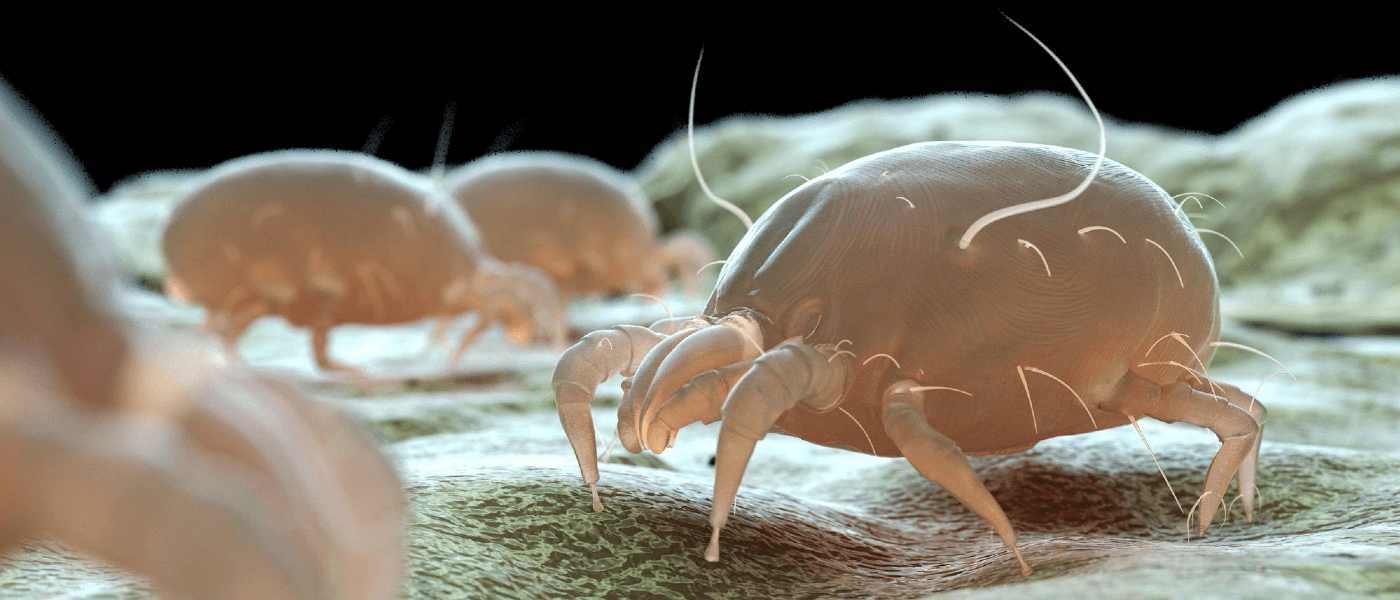
One should not get confused between bedbugs and dust mites because both belong to a separate species. You should know bedbugs will leave visible bites on the skin, whereas if you experience continuous allergy symptoms throughout the year, it would be better for you to consult your doctor to determine the symptoms of dust mite allergies.
Do Dust Mites Live In Your Bed?
Yes, thousands of dust mites can inhabit your bed mattresses, curtains, carpets, or upholstered furniture in your home. As you already know, they feed on dead human skin, and the best place you can look is a dark and moist spot near your bed.
Now you know how to deal with both bedbugs and dust mites, and if you are experiencing any symptoms, consult your doctor or clean your home properly.
How To Get Rid Of Dust Mites And Bed Bugs Naturally
The best natural way to keep both pests away from your home is plenty of cleaning. That means you have to clean your bed sheets in hot water, vacuum your room, and keep your room tidy. However, you can even use pest control solutions to completely eradicate the pests and reduce their chances of growth by 90%.
You should know that you can eradicate the dust Mites by maintaining high hygiene in your room. However, if you consider a deeper cleaning solution, you should hire a professional to do that job.
